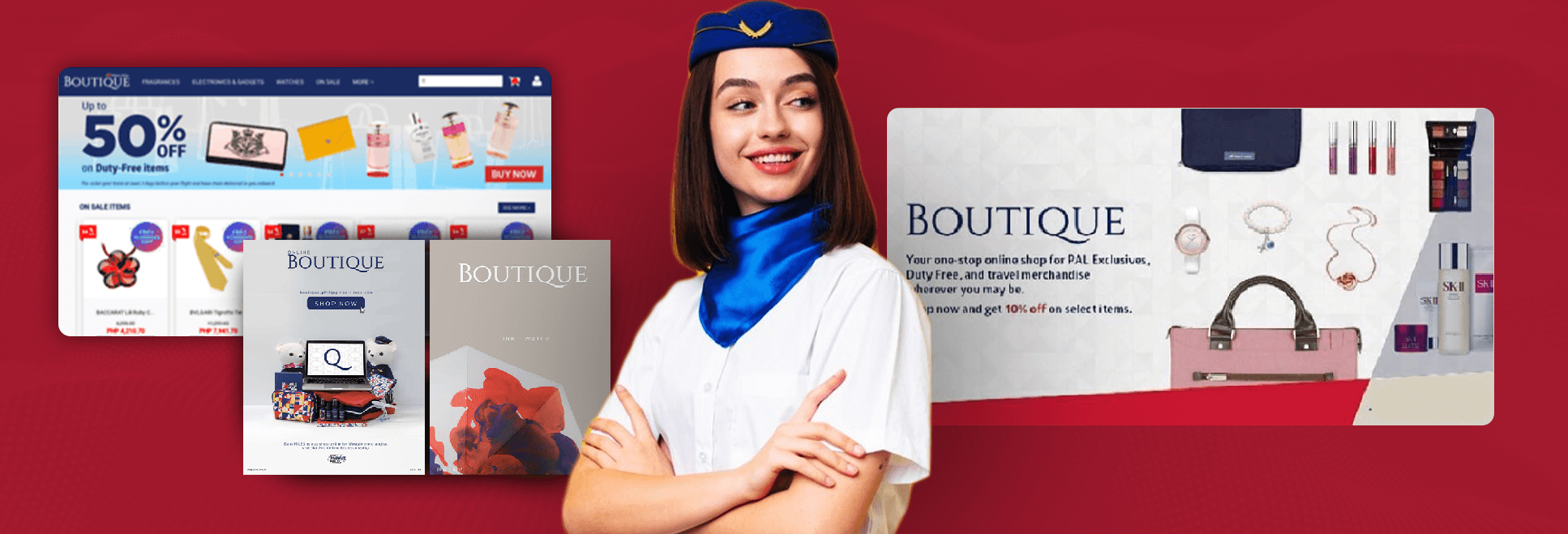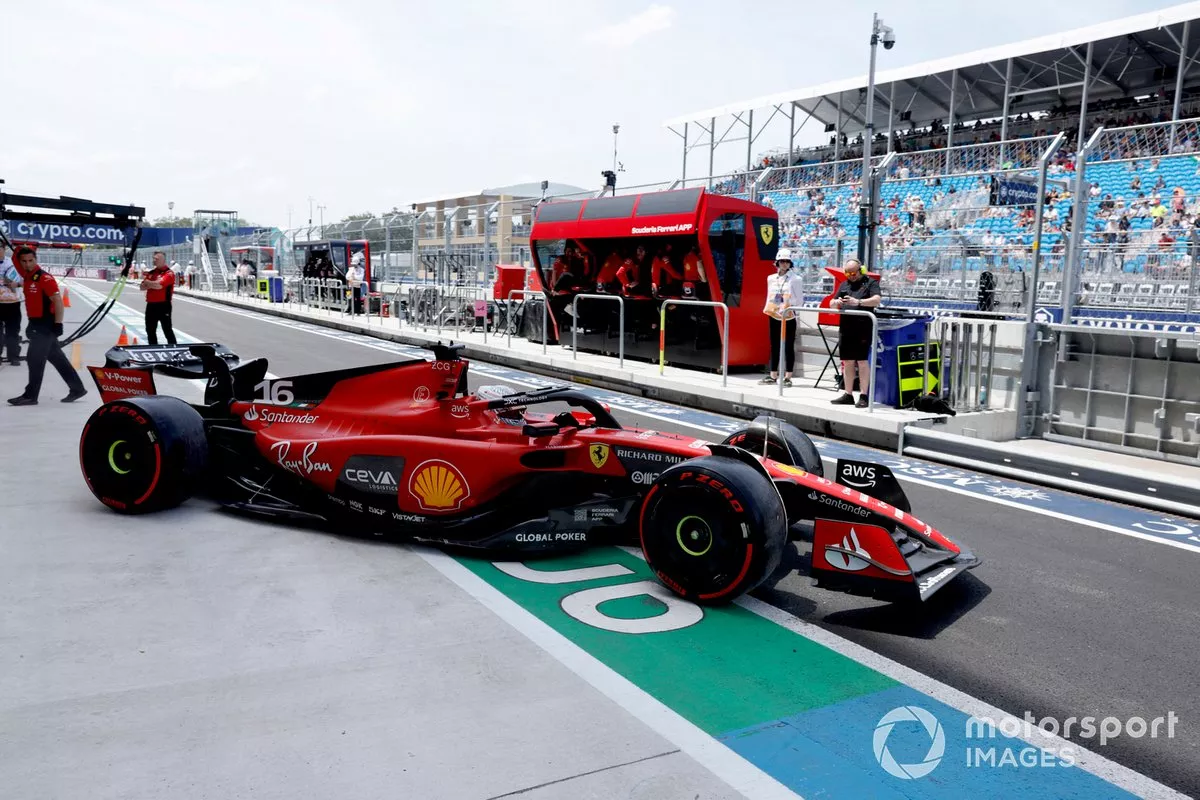Porsche's Struggle: Balancing Ferrari's Sportiness And Mercedes' Luxury In A Turbulent Market

Table of Contents
The Ferrari Factor: Maintaining Porsche's Sporty Edge
Porsche's history is intrinsically linked to its performance legacy. The 911, a timeless icon, embodies the brand's commitment to exhilarating driving dynamics. However, Ferrari, with its unwavering focus on high-performance engineering and motorsport heritage, presents a formidable competitor. Ferrari's range of supercars, like the 488 Pista and the SF90 Stradale, consistently push the boundaries of performance, placing considerable pressure on Porsche to maintain its sporty edge.
-
Model Comparison: The Porsche 911 Turbo S, while incredibly fast, often finds itself compared to the Ferrari 488 Pista in terms of raw performance. While the 911 offers superior practicality, the Ferrari boasts a sharper, more focused driving experience.
-
Performance Metrics: While both manufacturers offer blistering acceleration figures (0-60 mph times under 3 seconds are common), Ferrari frequently edges out Porsche in lap times on demanding race tracks, highlighting the intense competition in this segment of the market.
-
Target Demographics: Both brands target affluent customers who appreciate high-performance vehicles. However, Ferrari's image is often associated with a more exclusive and uncompromising approach to performance, attracting a slightly more niche clientele than Porsche.
To counter Ferrari's prowess, Porsche continuously invests in technological innovation. The development of hybrid powertrains and advanced aerodynamics underscores its commitment to pushing performance boundaries while embracing sustainability – a crucial factor in the increasingly eco-conscious luxury car market.
The Mercedes Conundrum: Upholding Porsche's Luxury Image
Mercedes-Benz, a titan in the luxury automotive industry, sets a high benchmark for opulence and technological sophistication. Porsche, while offering luxury, needs to continually elevate its game to compete effectively. The introduction of advanced driver-assistance systems, luxurious interior materials (think hand-stitched leather and premium wood veneers), and impeccable customer service are all crucial elements in this ongoing battle.
-
Luxury Feature Comparison: Compare the Porsche Panamera to the Mercedes-Benz S-Class. While the Panamera boasts impressive performance capabilities, the S-Class might offer a more opulent interior and a wider array of advanced comfort features.
-
Pricing and Positioning: Porsche’s pricing strategy often positions its models as a more attainable (though still expensive) alternative to the top-tier Mercedes vehicles, highlighting performance alongside luxury.
-
Electrification's Impact: The transition to electric vehicles presents a unique challenge and opportunity. Electric powertrains afford the chance to enhance luxury through near-silent operation and seamless integration of technology, but this transition also requires substantial investment and a shift in design philosophy.
The risk for Porsche lies in diluting its core sports car identity by overly emphasizing luxury. Finding the right balance is critical to maintaining brand loyalty among its existing customer base.
Navigating the Turbulent Market: Economic and Environmental Challenges
The luxury automotive market is highly susceptible to global economic fluctuations. Recessions, geopolitical instability, and supply chain disruptions directly impact sales. Furthermore, the increasing pressure for environmental sustainability demands a shift towards electric vehicles (EVs), presenting both challenges and opportunities.
-
Economic and Environmental Impacts: Fluctuating fuel prices influence consumer purchasing decisions, while stringent environmental regulations necessitate investments in cleaner technologies.
-
Performance vs. Efficiency in EVs: Balancing the performance expected from a Porsche with the need for efficient electric powertrains and extended range requires cutting-edge engineering and innovative battery technology.
-
Sustainable Manufacturing: Porsche, like other automakers, needs to adopt sustainable manufacturing practices to reduce its carbon footprint and meet evolving environmental standards.
Porsche is actively addressing these challenges by investing heavily in its electric vehicle lineup (Taycan, Macan EV) and exploring innovative manufacturing processes that minimize environmental impact.
Finding the Equilibrium: Porsche's Future Brand Strategy
Porsche's future success hinges on its ability to maintain a unique brand identity that successfully blends exhilarating performance with sophisticated luxury. This requires a strategic approach that combines heritage with innovation.
-
Future Model Diversification: Expanding its model range to cater to a broader customer base, while carefully preserving its brand image, is a crucial element of Porsche's strategy.
-
New Market Segments: Exploring new market segments, such as fully electric SUVs or potentially even more affordable performance vehicles, might help increase brand reach and capture a wider market share.
-
R&D Investment: Continued investment in research and development is essential for staying ahead of the competition and for embracing technological advancements in areas like electrification, autonomous driving, and connected car technologies.
Porsche's commitment to innovation and its ability to adapt to changing market conditions suggest a promising future. However, maintaining this delicate balance between sportiness and luxury amidst a turbulent market will be a continuous endeavor.
Conclusion: Porsche's Path Forward: Reconciling Sport and Luxury
Porsche's struggle to balance Ferrari's sporting focus and Mercedes-Benz's luxury appeal within a dynamic and challenging market presents a compelling case study in brand management. Understanding the competitive landscape and adapting to the evolving consumer preferences and economic realities are critical for Porsche's continued success. The company's investments in electrification and sustainable manufacturing demonstrate a commitment to navigating these challenges. However, the ultimate success will depend on its ability to preserve its heritage while embracing innovation and effectively communicating its unique brand identity. How do you think Porsche can best navigate "Porsche's Struggle" and maintain its position at the forefront of the luxury sports car market? Share your thoughts below!

Featured Posts
-
 Aj Styles Contract Situation What We Know From Wwe Insiders
May 20, 2025
Aj Styles Contract Situation What We Know From Wwe Insiders
May 20, 2025 -
 Atkinsrealis Droit Inc Avocats Experimentes En Droit Commercial
May 20, 2025
Atkinsrealis Droit Inc Avocats Experimentes En Droit Commercial
May 20, 2025 -
 The Enduring Appeal Of Agatha Christies Poirot A Critical Analysis
May 20, 2025
The Enduring Appeal Of Agatha Christies Poirot A Critical Analysis
May 20, 2025 -
 F1 2023 A Comparative Analysis Of Hamilton And Leclercs Struggles
May 20, 2025
F1 2023 A Comparative Analysis Of Hamilton And Leclercs Struggles
May 20, 2025 -
 Breaking Wwe Rumors Ronda Rousey Logan Paul Jey Uso And Big Es Relationship News
May 20, 2025
Breaking Wwe Rumors Ronda Rousey Logan Paul Jey Uso And Big Es Relationship News
May 20, 2025
